If you are into gardening and own houseplants, you might have heard about leca balls. LECA balls are used as an alternative to soil or potting to grow houseplants. It sounds crazy how small clay balls can help you grow houseplants. It might sound odd, but it’s true. Do you want to grow houseplants in your apartment without getting into the mess of soil? If you do, leca balls are the best option for growing houseplants. If you are wondering how to use LECA for plants, don’t worry, we are here to help.
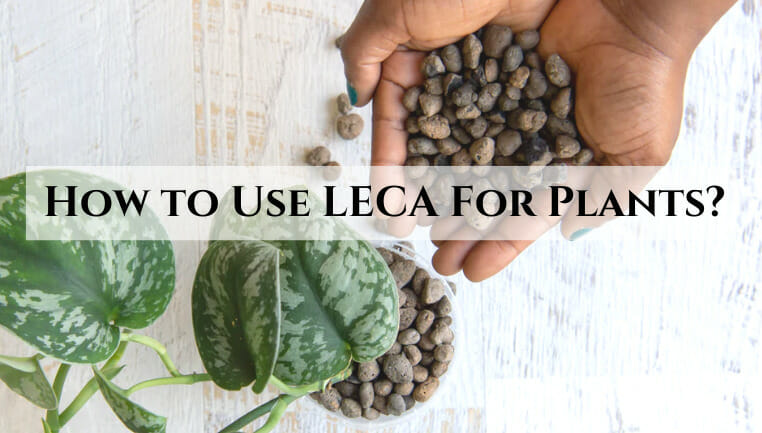
This article will provide a complete guide on how to use LECA for plants, the benefits of using clay balls, and much more. So let’s jump in!
1. What is LECA?
The Lightweight expanded clay aggregate, LECA, is an inorganic growing medium for plants that absorbs and preserves water. Not only that, but it also ensures a stable flow of nutrients from the roots of plants because of its porous nature.
LECA is manufactured by warming up the raw natural clay at a very high temperature in the rotary kiln. When the clay is heated in the kiln at high degrees, it cracks into little perforated balls called LECA, clay pellets, or aqua balls. Of course, some binding agents and chemicals are added while heating the clay.
Because of its highly porous nature, LECA is not only used in gardening but also water treatment, hydroponics, and construction processes. It has made its way into gardening because of its benefits and convenience.
Now that you know what LECA is, the next question popping into your mind would be how to use LECA clay balls for plants. To find the answer to this question, continue reading!

2. How to Use LECA for Plants?
LECA balls are used extensively in gardening because they have several distinguishing qualities, such as being inorganic, having a neutral pH, not rotting quickly, and having fewer insect and bug issues.
LECA balls can be used in many ways for your plants. For instance, you can use them as a top dressing, a growing medium, or to improve the drainage of your plants. So, how exactly can you use LECA balls for your houseplants? Let’s dive into the details of every single way!
2.1. Should You Wash LECA Before Using?
There is a lot of dust in a fresh bag of clay balls. To get rid of this clay dust, wash LECA balls before using them. However, they must be washed only once when using them for the first time. Soak the balls in water for 15-30 minutes, and then change the water in a few rounds. This will wash the dust off.
2.2. LECA As a Growing Medium for Plants
It might sound odd that these little clay balls can act as a growing medium for plants, but it’s true. LECA is the best alternative to the soil if you do not want to indulge in any soil mess.
Because of their porous nature, they can regulate water, nutrients, and air from roots to the top of plants. Using leca as a growing medium for plants makes gardening easier and makes your plants grow much faster. However, one must remember that, unlike soil, LECA does not have any nutrients because it is inorganic. You have to put in the nutrients by hand. But here’s the thing: the pores in these balls allow them to absorb the nutrients quickly.
By following the below-mentioned steps, you can easily use LECA balls as a growing medium for your houseplants:
Step 1: Firstly, you need to soak the clay balls in the water for about 12-14 hours to preserve the water
Step 2: Get a hydroponic pot to transfer the clay balls. You can also use a simple glass pot for this purpose
Step 3: Now, it’s time to fill the LECA balls into the pot. Clay balls should almost fill the pot to half its height.
Step 4: After filling the pot, put the plant of your choice( it can be a cutting, or you can transfer the whole plant from soil to LECA) at the center of the pot
Step 5: Next step is to hold the plant or the cutting and fill more clay balls in the pot
Step 6: Now it’s time to add water into the pot till it’s below the roots of the plant; this will help the clay pebbles soak the water and release it whenever the plant needs it
Step 7: Furthermore, locate the pot at a spot where it can receive the sunlight
Step 8: Lastly, if you do not want algae in the pot, then do not replenish the pot until the water dries out, and while refilling it, make sure the water stays below the roots
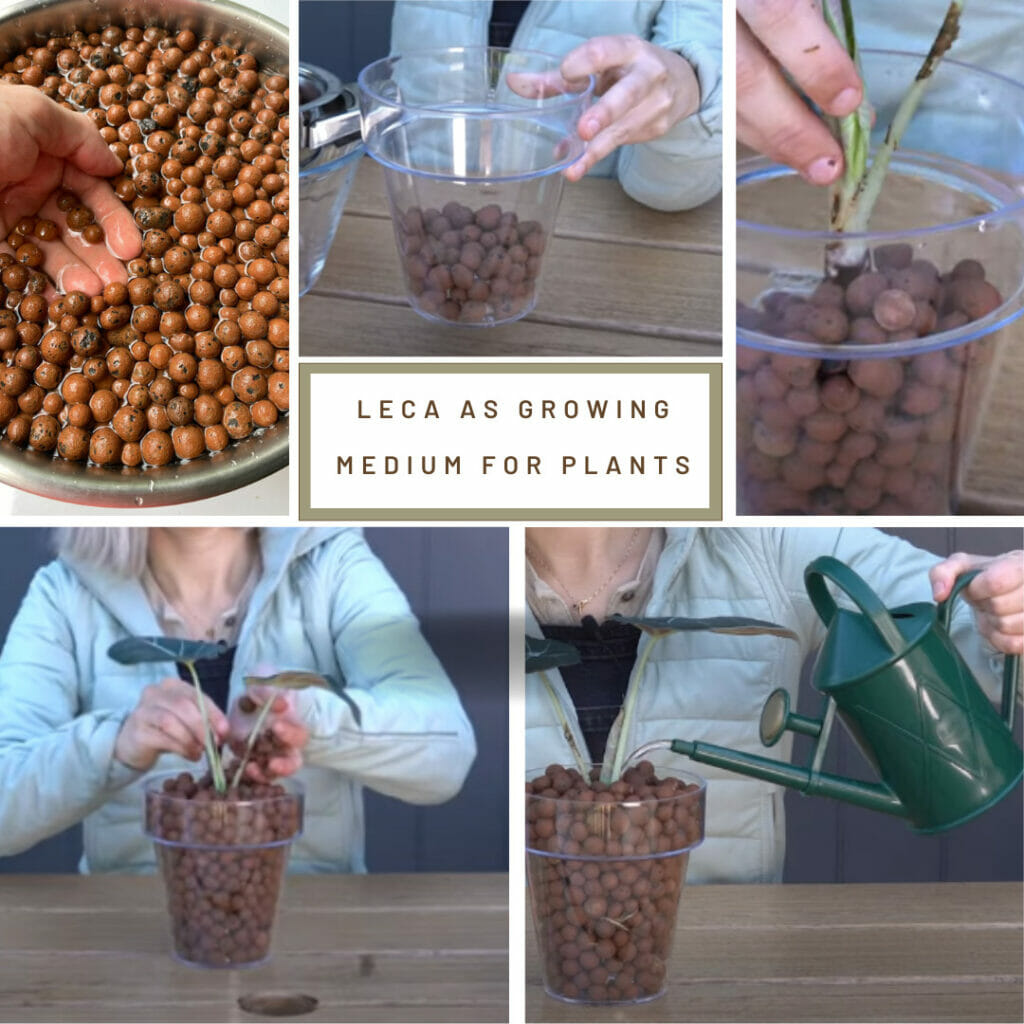
2.3. LECA As a Topsoil Dressing
Another way of using LECA is to use it as a topsoil dressing. Using it as topsoil dressing keeps the bugs and pests away from the plant. Furthermore, it helps the plant to bear the weather extremities, like too much heat or frost, without getting damaged. Other than that, these clay balls also aid the plant in retaining moisture even when they do not get enough water. As mentioned before, these balls absorb water and release it gradually.
This way, they ensure the plant does not dry out even when it does not get enough water. Also, they can maintain the required humidity level for plants, particularly in winter when everything gets so dry.
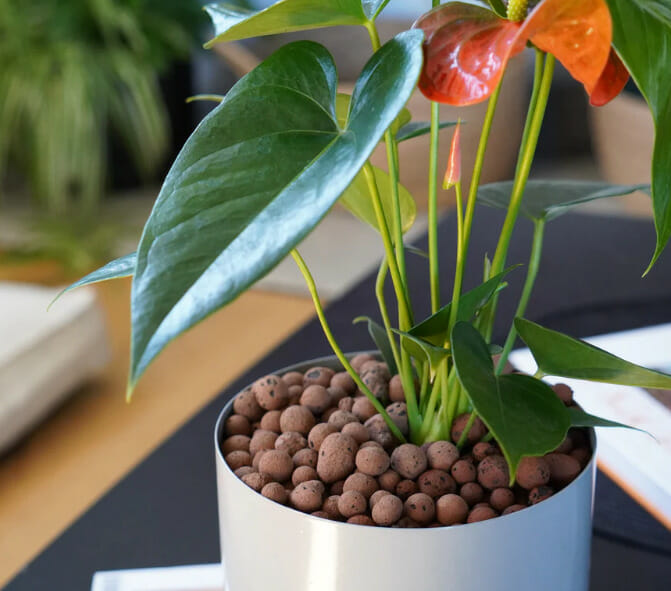
2.4. LECA As a Drainage Source
You can also use the clay balls for better drainage of the plants. To do so, make almost a 4cm deep bottom layer of LECA balls in the pot and then add the pot mixing or soil. In this way, it will help the plants in draining excess water without getting dried up.
The pores in these balls will improve the ability of plants to drain while also increasing aeration. Also, it helps them to grow at a fast rate without any restrictions.
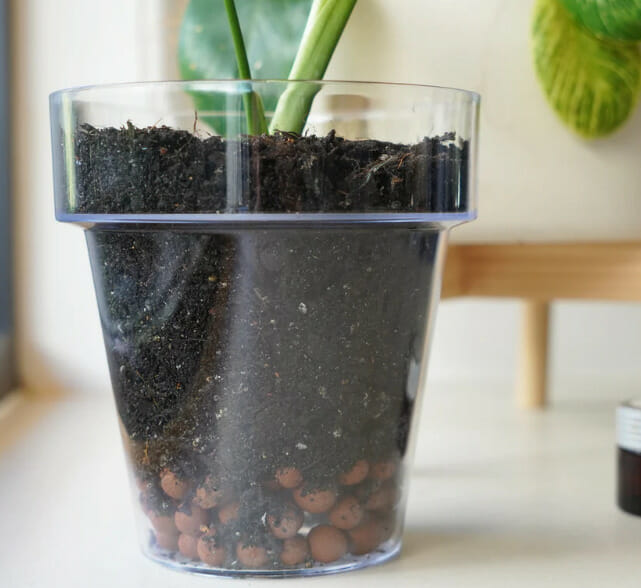
3. Why Should You Use LECA?
Leca is an excellent way of providing the plant with all it needs to grow, like water and oxygen. LECA allows consistent moisture to the plants and gives water directly to the roots without suffocating them. You can grow different types of plants in LECA without mixing any soil. Therefore, you have less risk of pest infection as no soil medium is involved.
3.1. Advantages of Using LECA
There are some excellent benefits of LECA clay balls, making them a great choice for plants.
- Reliable Water Supply
These clay balls are the best and most consistent source of water supply for your houseplants. Using LECA will for your plants ensures that your plants are receiving the required amount of water.
So, using clay balls, you do not have to worry about underwatering or overwatering your precious plants.
- Lesser Risk of Root Rots
Growing plants at home also come with some risks, and one of them is root rot. Root rot happens when you overwater your plants because the soil has excess nutrients. It can easily damage the roots of plants and ruin them.
In that case, LECA comes in handy as it also maintains the flow of water and nutrients. Also, it maximizes drainage and keeps the plants healthy.
- Saves the Plants From Pests
Another advantage of LECA balls is that they keep the pests and bugs away from the plants. Bugs like; fungus gnats, mealybugs, and scales roam over the overwatered plants.
Moreover, the sloppy soil exposes the plants to these harmful bugs. LECA balls solve this problem by eliminating the factor of soil.
- Low- maintenance
As stated earlier, these balls act as a reservoir of water plants, so you do not have to water them regularly. All you need to do is to change the water filled in the bottom of the pot once it dries out completely.
So, if you are a busy person, you do not have to worry about maintaining your plants as long as you use LECA.

4. Can You Grow All Plants in LECA Clay Balls?
LECA is an excellent growing medium for plants, but unfortunately, it is not suitable for all kinds of plants. Plants with the following characteristics are suitable for growing in LECA clay balls.
- Likes dried soil between waterings.
- Have quick root development
- Can tolerate handling once in a while
- Likes oxygen-rich soil
- They are not dependent on soil for nutrients
Some common indoor plants that can grow well in LECA are
- Spider Plant
- Sansevieria.
- ZZ Plant.
- Hoyas.
- Monsteras.
- Pothos.

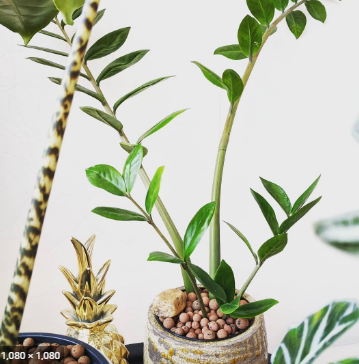
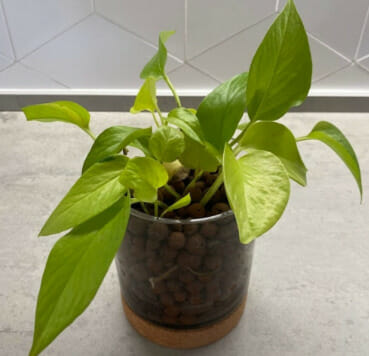



Related Article: Sansevieria – All About Snake Plants
Related Article: Monstera Deliciosa Care Indoors
4.1. Plants That Don’t Grow in LECA Clay Balls
LECA is unsuitable for all plants, which will do well in the traditional soil environment. Plants that have the following characteristics should not be grown in LECA.
- Have thin roots
- Needs nutrients from the soil
- Need moist soil
Some common houseplants that will not survive in LECA are:
- Succulents
- Cacti
- Crotons
- Prayer Plant
- Strings of pearls
- Peace Lily
- Ferns
Recommended Products:
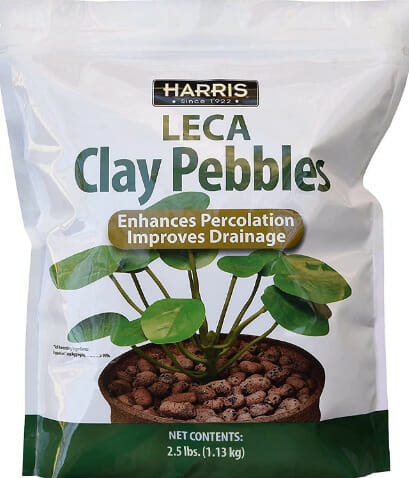
LECA 2.5lb for Hydroponic Growing
- 2.5 lb
- pH Neutral
- Compatible with compost, peat moss and potting soil
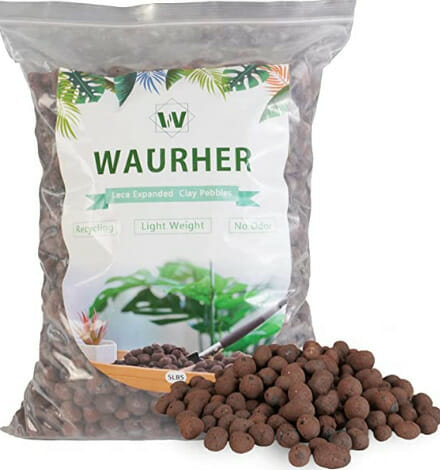
Leca Expanded Clay Pebbles 5LBS
- 5 lbs
- Durable and Environmental
- Decorative on the top surface
- On the bottom of the pot helps in drainage.
Conclusion
If you are looking for a low-maintenance strategy to take care of your plants, it’s time to say goodbye to the potting mix or soil and buy LECA balls. This blog provides complete information on how to use LECA balls for plants and the benefits of using them as well. Now it’s your turn to buy LECA for your houseplants to avail of these advantages!
If you found this article helpful, visit our website for articles on plants.
